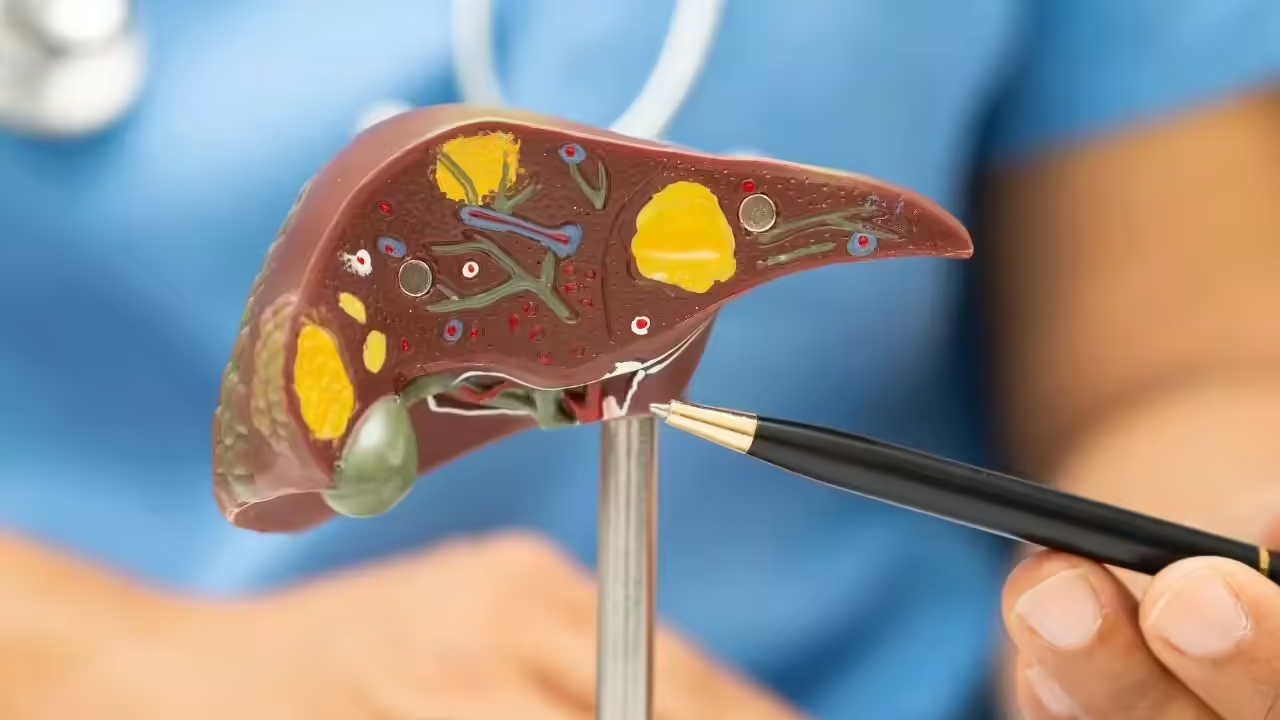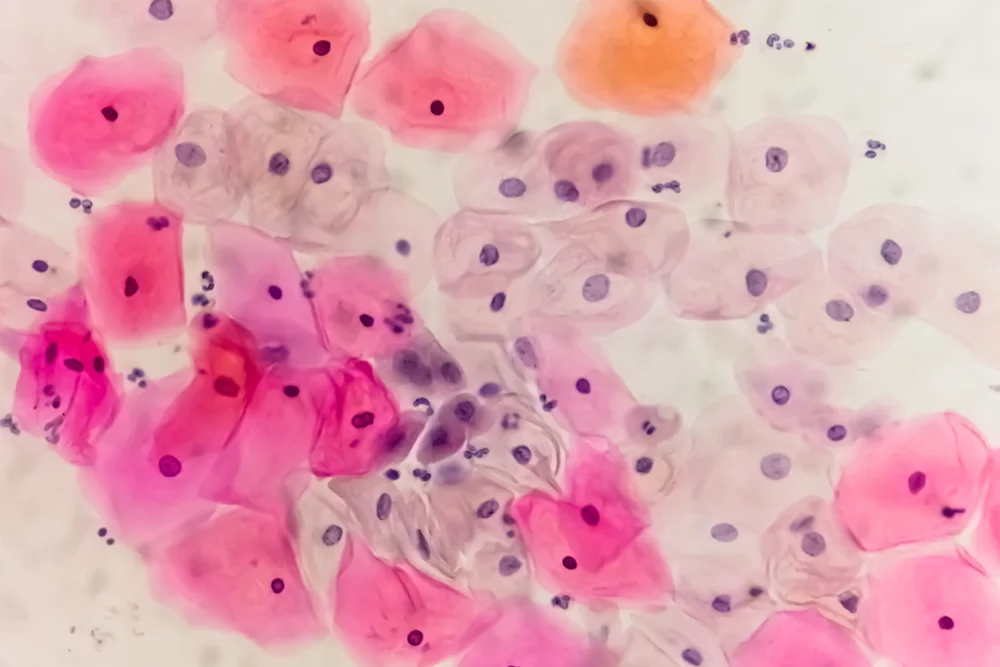In a milestone for transplant medicine, Chinese surgeons have succeeded in transplanting a gene-edited pig liver into a human patient, marking a new frontier in xenotransplantation. The recipient—a 71-year-old man—lived for 171 days following the procedure, including 38 days with the pig liver actively functioning inside his body. While the patient ultimately passed away due to complications, the experiment offers critical insights for the future of organ replacement.
Background: Xenotransplantation’s Promise and Challenges
Xenotransplantation—the transfer of organs between species—has long been explored as a potential solution to the global shortage of human donor organs. Pigs are considered promising donor species because of their anatomical similarity to humans, rapid breeding, and size compatibility. However, the major barrier has always been the immune rejection that typically destroys foreign organs within minutes.
To overcome this, scientists have been editing pig genomes to remove or suppress antigens that provoke human immune responses, while adding human genes to facilitate compatibility. Prior successes have focused mostly on pig hearts and kidneys in animals or brain-dead humans, but a functioning pig liver in a living (though critically ill) patient had remained elusive—until now.
The Procedure: How the Pig Liver Transplant Took Place
The surgery took place at Xijing Hospital in Xi’an, a leading transplantation center in China. The pig liver was harvested from a genetically modified pig—likely with multiple edits to reduce rejection—and transplanted without removing the patient’s own failing liver. This approach reduced surgical risk and allowed for better monitoring of the pig liver’s performance.
Within hours, the pig liver began producing bile and synthesizing albumin, two key functions of a healthy liver. These signs of viability suggested the organ was integrating, at least temporarily, into the patient’s internal physiology.
Over the next 38 days, the pig liver continued to operate, supplementing the patient’s liver function. At that point, the medical team removed it, apparently when the patient’s own liver showed signs of recovery. The patient later developed complications unrelated directly to the graft, and passed away after 171 days.
Why This Matters: Scientific & Clinical Implications
This case represents a major advance because it demonstrates that a pig liver can sustain human biochemical functions—not just briefly, but over a longer term in a human environment. It moves xenotransplantation closer to clinical reality, particularly for organs like the liver, which perform highly complex tasks including detoxification, protein synthesis, immune modulation, and metabolic regulation.
Key implications include:
- Bridging therapy: Pig livers could serve as temporary “bridge” organs for patients awaiting human liver transplants, supporting them during the waiting period or while their native liver regenerates.
- Proof of concept: This experiment confirms that pig livers can function in human blood systems without immediate hyperacute rejection.
- Learning immune response: The case offers valuable data on how human immune systems interact with xenografts across days and weeks, not merely hours.
- Refining gene editing: Observing what worked and what failed will help scientists refine which genetic edits are most essential for future donor pigs.
Roadblocks and Risks Ahead
While promising, this procedure is far from a routine clinical option. Many hurdles remain:
- Immunologic rejection: Even with genetic modifications, the patient’s immune system may attack the graft over time. Long-term survival will require even greater immunosuppression and genetic safeguards.
- Organ complexity: The liver’s multiple roles make it one of the most difficult organs to transplant successfully. Any failure in detoxification, clotting factors, or metabolic balance can be catastrophic.
- Ethical and safety concerns: Risks include cross-species transmission of pathogens (i.e. viruses from pigs to humans), ethical questions about animal organs, and ensuring consent in experimental settings.
- Regulatory and scaling issues: Moving from a single experimental patient to broader human trials requires rigorous regulation, infrastructure for breeding gene-edited pigs, and ethical oversight.
- Cost: The expense of producing and maintaining genetically engineered pigs, performing complex surgery, and managing post-operative care is currently prohibitive.
The Bigger Picture: What This Could Mean for Transplant Medicine
If this line of research succeeds, we may one day live in a world where shortages of human donor organs are less dire. Patients with failing livers—or kidneys, hearts, and lungs—could have pig-derived transplants as alternatives, especially when human organs are not available.
Additionally, this case joins a series of recent xenotransplantation advances that strengthen confidence in the field. For example:
- Successful gene-edited pig kidney transplants in humans have already been reported.
- Experiments with pig hearts and other organs have shown promise in controlled environments.
Each experiment adds to the body of knowledge on how to control rejection, manage immunosuppression, and refine surgical techniques.
Ethical and Social Considerations
Moving forward, this technology raises myriad ethical and social questions:
- Animal welfare: The use of genetically modified pigs for organ harvesting must consider humane treatment, breeding practices, and protein pathogen risks.
- Equitable access: If xenotransplants become viable, who gains access—wealthy patients in advanced medical systems, or all patients in need?
- Informed consent: Patients receiving xenografts must understand risks—some unknown—and oversight must be robust.
- Cultural and religious views: Using pig organs may conflict with dietary or religious taboos in certain populations.
Looking Ahead: The Next Steps in Pig-Liver Transplants
To build on this success, scientists are likely to pursue:
- Trials in living (non–brain-dead) patients, once confidence grows in long-term safety.
- Further genetic engineering to reduce immune activation and improve compatibility.
- Close monitoring for zoonoses (animal-borne diseases) and better screening protocols.
- Developing infrastructure for pig donors, surgical training, and regulatory frameworks.
- Comparative studies across populations to test viability across different immunologic backgrounds.
The road is long, but the path has become significantly clearer. Each step—each experimental surgery—yields insights that may one day make pig livers a lifesaving reality.












Leave a Reply